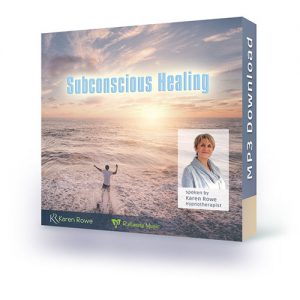
“Neck pain” is a broad term used to describe the pain felt in the neck area. Torticollis (or wry neck) is a more common form of neck pain. People with torticollis will generally have their neck painfully tilted or twisted to one side. It can be either congenital (present at birth) or acquired. Cervical dystonia is a rare form of torticollis that is more commonly reported in middle-aged adults.
What is Cervical Dystonia?
There are many different types of torticollis, such as temporary, fixed, and muscular torticollis. Cervical dystonia, also known as spasmodic torticollis, is a type of dystonia and rare form of torticollis, which causes the neck muscles to contract in spasms. As a result, the head is painfully twisted or tilted to one side, with the front and back being possible directions as well. Cervical dystonia can be acquired at any age, but is most common in adults between 40 to 60 years of age. Additionally, it is more common in women than men.
Symptoms
Due to the abnormal muscle contractions in the neck, symptoms of cervical dystonia include:
- Abnormal Head Postures: The head will be twisted either forwards, backwards or sideways
- Radiating Pain: People with this disorder have reported pain radiating from the neck to the shoulders and even down to the arms
- Headaches
- Enlarged Neck Muscles
- Neck Stiffness
Causes
Unfortunately, the causes of cervical dystonia for most cases are unknown. However, some cases have been linked to past head, neck, or shoulder injuries. Additionally, researchers have found a gene mutation associated with cervical dystonia, indicating that you have a higher chance of developing cervical dystonia if a close family member has it as well.
Treatments for Cervical Dystonia
When it comes to treating torticollis in adults, the primary aim is to relax the contracted neck muscles and strengthen the muscles that help with posture. Treatments for cervical dystonia include:
- Therapies: Both physical and massage therapy can help strengthen and relax the respective neck muscles. Additionally, stress and anxiety are known to worsen symptoms. If you have cervical dystonia, you may be recommended to learn stress management techniques from your therapist as well.
- Medication: Since cervical dystonia is a neurological issue, medication can help reduce the “overdrive” signals the brain sends to the contracting muscles.
- Sensory Trick Training: This form of training involves touching a different part of the body near the seized neck muscles, such as your face. Studies suggest that touching a different area tricks your brain by making it focus on a different muscle input. The sensory trick location differs between individuals. However, once identified, you can practice imagining the sensory location being touched so that this method may be called upon without having to physically touch that location.
- Surgery: In extreme cases, surgery may be necessary to sever the affected nerves or muscles to prevent muscle contraction.
- Self-care: Self-care methods such as applying heat or wearing a neck brace may help relieve neck pain while the latter can aid in keeping your head upright. Always consult your doctor prior to using a neck brace for torticollis. Unlike other neck braces, the Optimal Neck Support Brace provides support without weakening your neck muscles with continued use. ORDER YOURS HERE and receive 10% off when you use the coupon code “TORTICOLLIS”.
